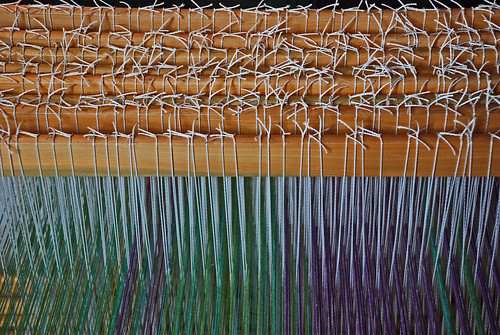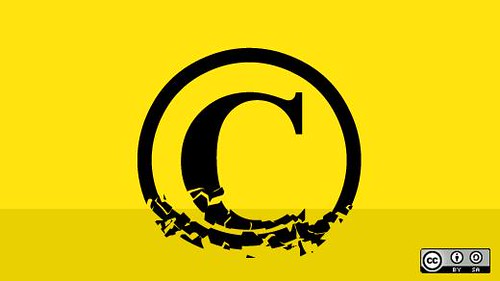60: How should we teach remixing, sampling, and forking (coding) to children? #LifeWideLearning16@MrChase
— Ben Wilkoff (@bhwilkoff) February 28, 2016
nihil sub sole novum
One of the best questions we can ask our students is simply, “What makes you think that?” This is akin to the question my grandmother will ask me from time to time. With a sly look in her eye (usually when I’ve accused her of something), she’ll reply, “Whatever gave you that idea?”
Pick whichever phrasing you like, but the soul of these questions is all we really need to help students understand the importance of interconnectedness in a remix, reuse culture. It took me a while to get used to thinking about the issue through this lens when I was doing the unforgiving work of teaching my students to cite their sources in more formal writing or as an editor working with novice journalists on their first stories.
Get close to any creative work about which you’re passionate and all the ideas and can begin to feel as though they are yours or that they are so clearly general knowledge that it would be foolish to explain. For this reason, when I finish a piece of writing or some other act of creation, I’ll step away for a bit and return to ask the question of each sentence, “Whatever gave me that idea?”
When the answer isn’t that the idea came from new contribution I brought to the ideas, it’s time for me to shout out my sources.
When Chris and I were finally wrapping up the book, this was certainly the case. We’ve both been writing and speaking about the ideas in each thesis for many years. Knowing we were about to put them out into the world in something as formal as a book, though, meant looking closely at each piece of our rhetorical architecture and asking, “Where do we need to point out the shoulders upon which we stand?”
It’s a bit strange to be typing these words. When it comes to fair use and open content, I’m likely as close to the liberal side of the spectrum as you’re likely to see. If you’ve used the work of another person and made that work more useful or uniquely different from its source, to my mind you now own at least a portion of that original work or idea.
At the same time, I know what it’s like to see something I’ve created travel through the world without ever pointing back to me as its source. It’s not a great feeling. While the Fair Use Doctrine has always felt quite formal and legalistic to me, it becomes much more personal when I see someone else get credit for my work and can only think, “Hey, that’s not fair.”
And this is the best way I can think of helping our students think about remixing, sampling, and coding in whatever the medium. If the answer to “What makes you think that?” lies somewhere in the work of others, it’s likely best to acknowledge that somewhere in your notes.
From Theory to Practice:
- Have students think about the thing they’ve done of which they were the proudest. It could be a project completed for school, a winning shot in a game, or a supremely executed artistic performance. Then, ask them what it would feel like if all of a sudden, someone else – a stranger – was not only taking all the credit for the accomplishment, but the world was acting as though this was the truth. Rooting the conversation of giving credit where it’s due in a personal experience, can go miles to grounding the conversation.
- Take students, faculty, administrators through the I used to think…, Now I think… activity to compare what has changed in their thinking as they move through assignments. Good questions here help people to consider how their outlooks have shifted over the course of creation of “new” ideas and artifacts of learning.
This post is part of a daily conversation between Ben Wilkoff and me. Each day Ben and I post a question to each other and then respond to one another. You can follow the questions and respond via Twitter at #LifeWideLearning16.


